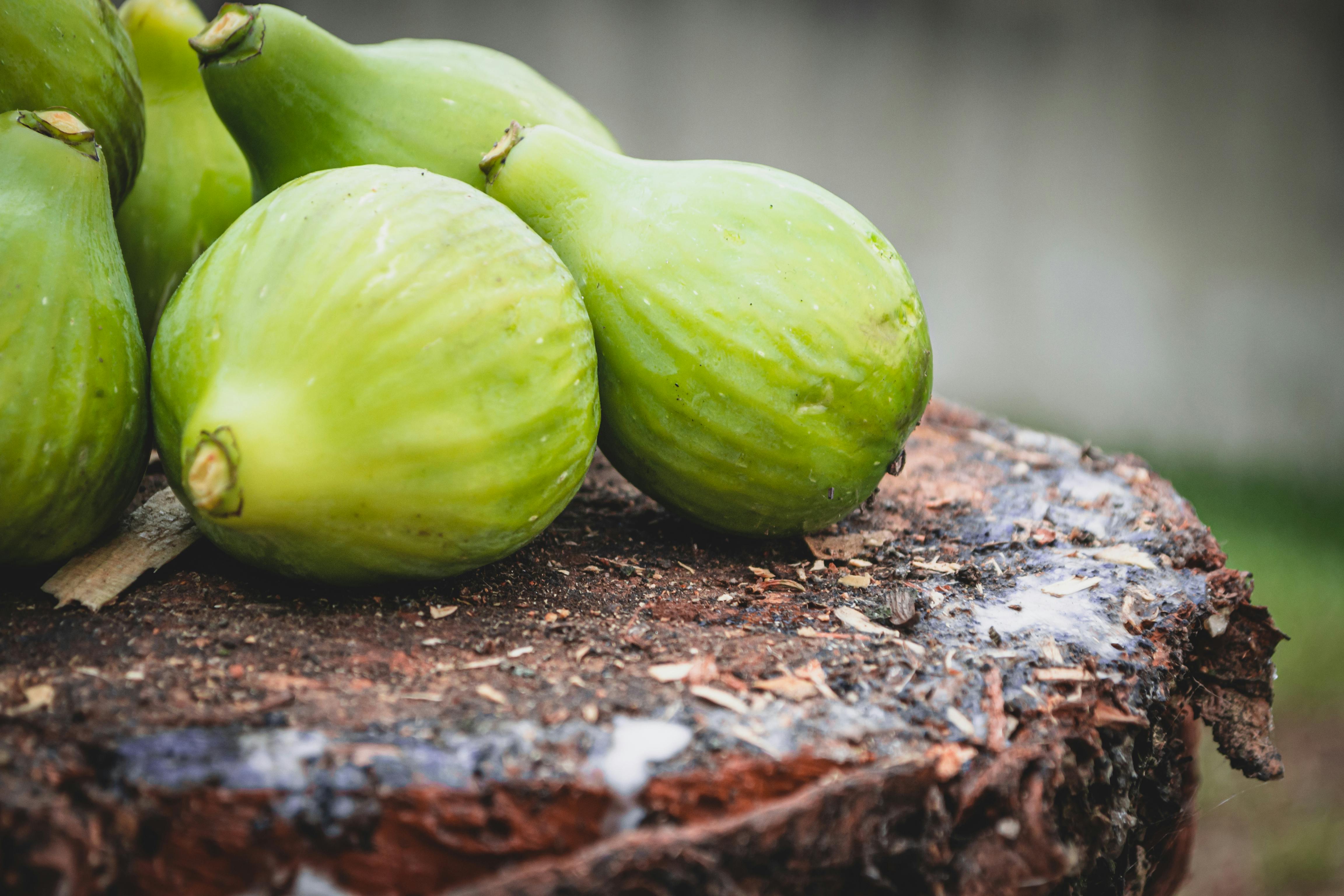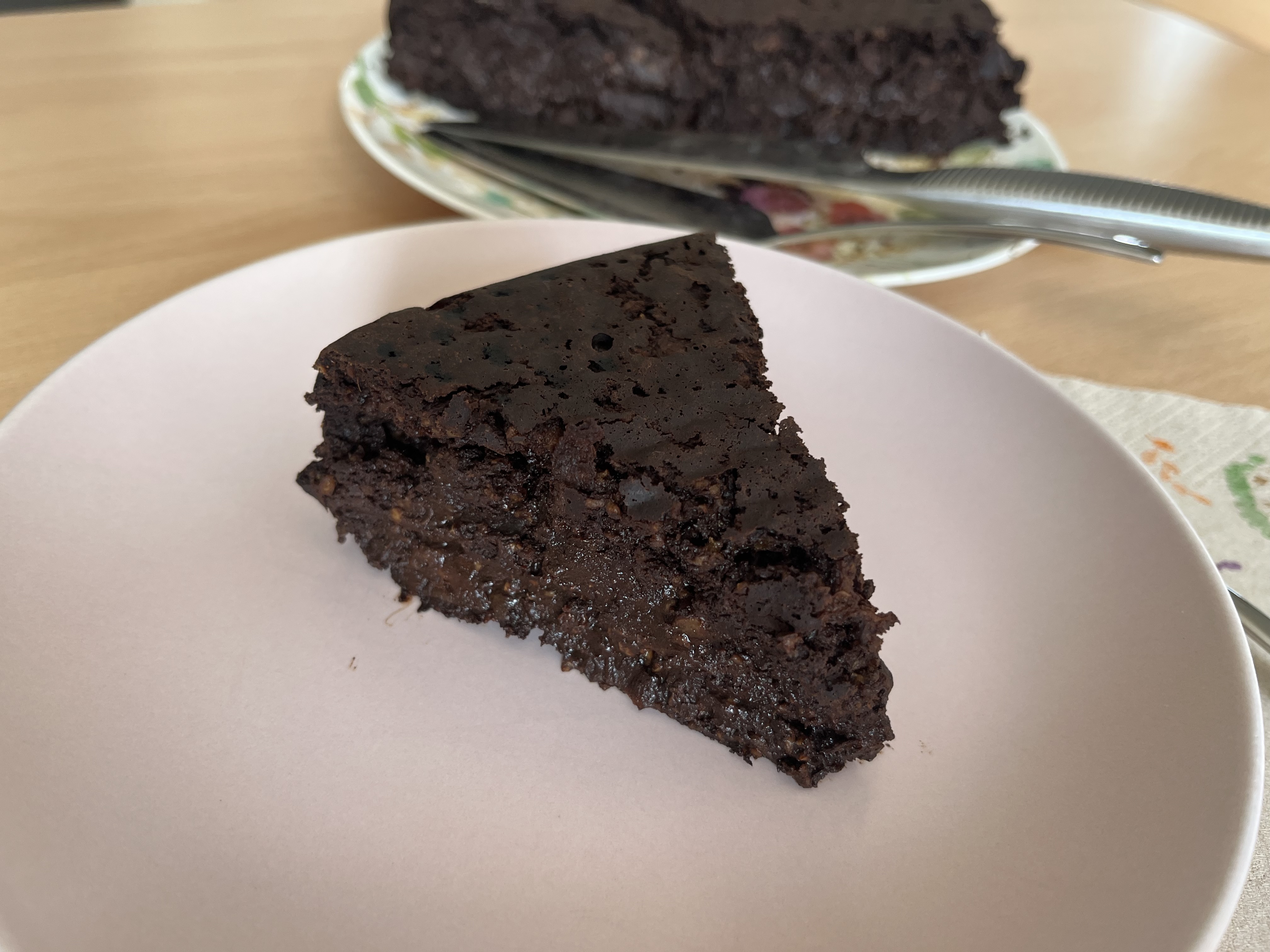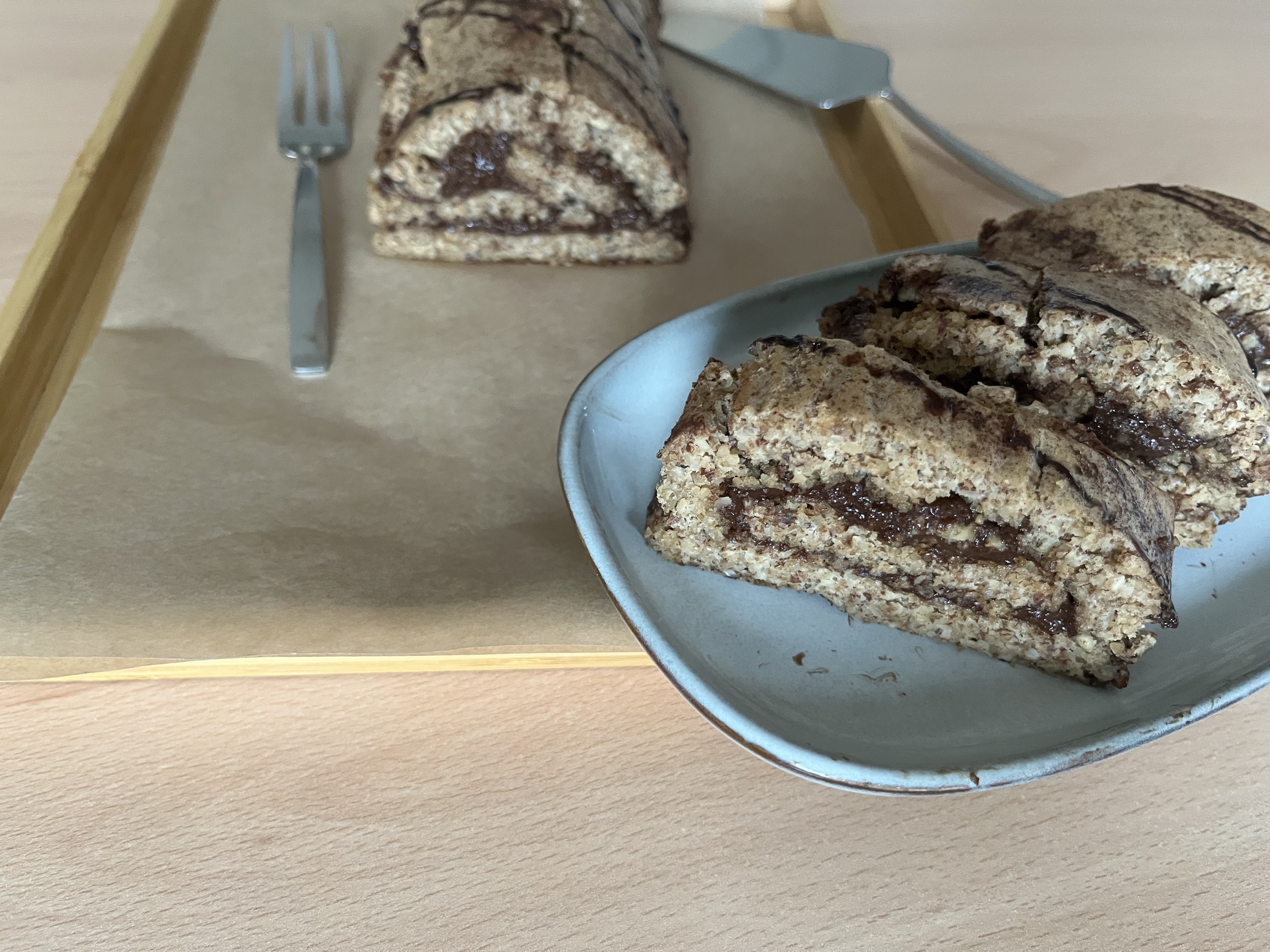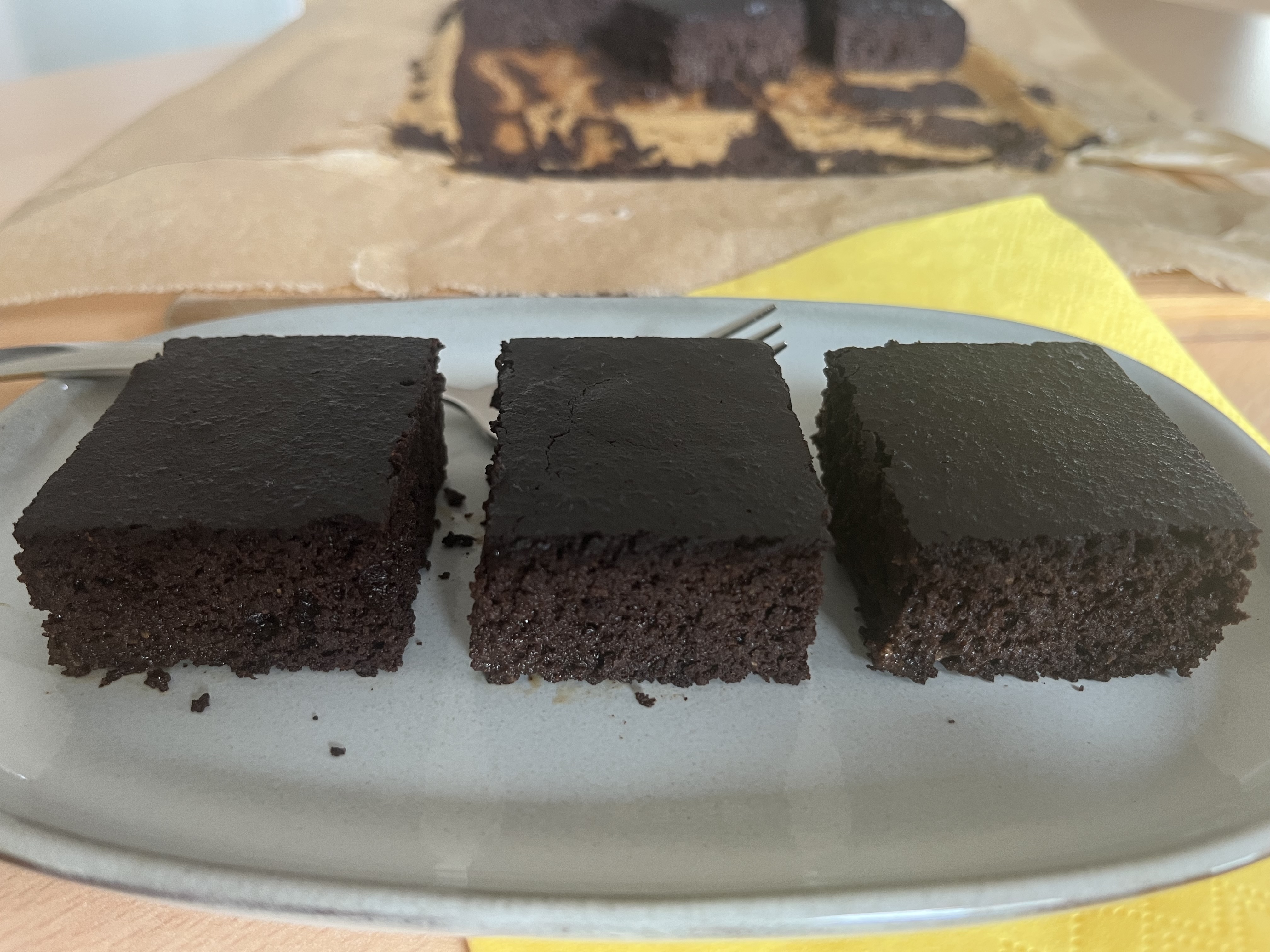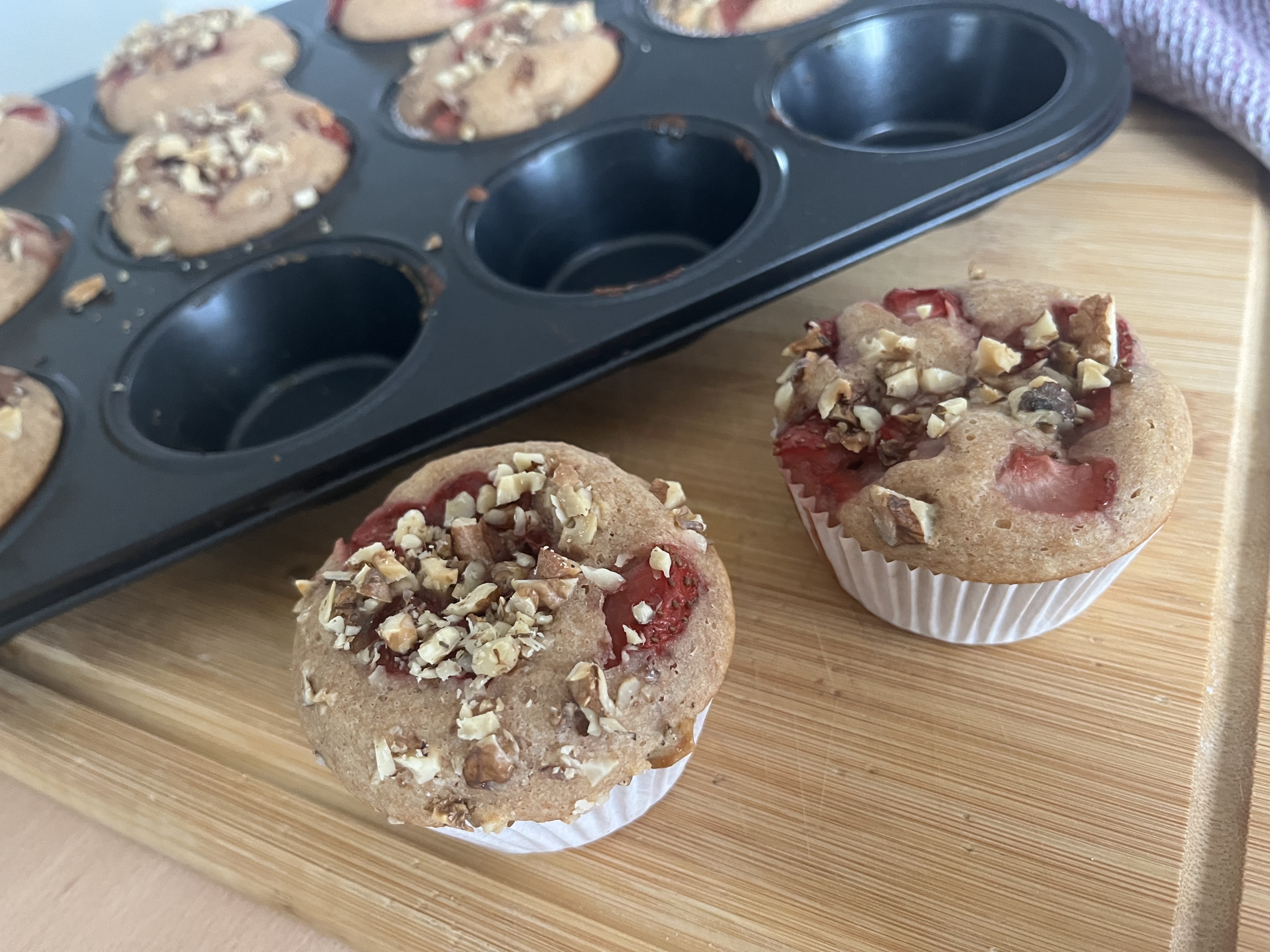 |
Nature’s Dessert Cookbook: Healthy, Delicious & Naturally Sweet Recipes Don’t want or can’t tolerate sugar alcohols and artificial sweeteners? This cookbook is for you! Every dessert is naturally sweetened with whole ingredients rich in fiber and protein, slowing sugar absorption and making them diabetic-friendly. It gathers your favorite recipes from the website—plus brand-new ones—all in one convenient place. Indulge in truly natural treats without compromise! |
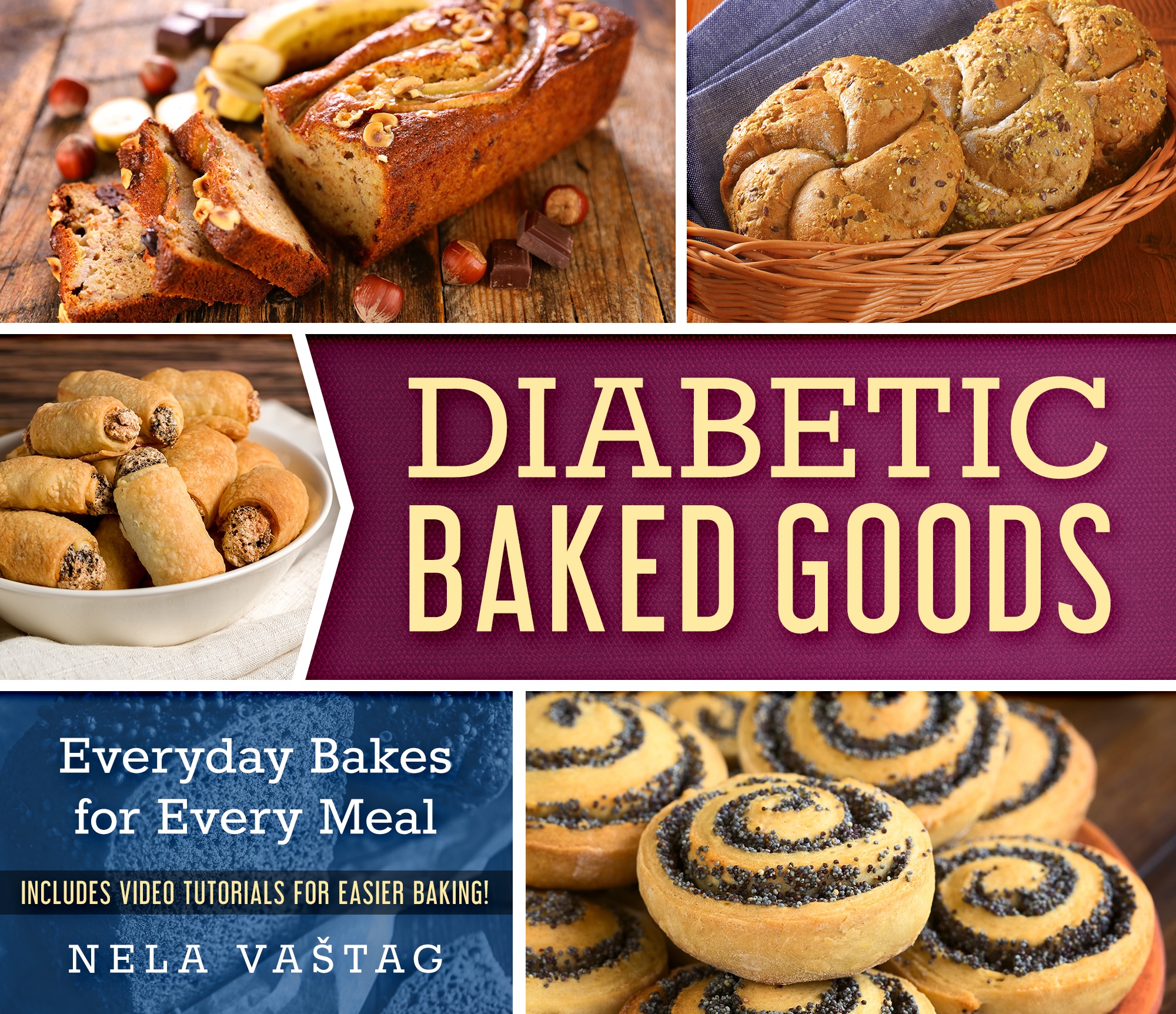 |
Diabetic Baked Goods: Everyday Bakes for Every Meal Diabetic cookbook designed to make healthy baking simple, accessible, and enjoyable. This collection of low-carb, high-fiber, and protein-rich recipes provides a reliable solution for those looking to enjoy diabetic bread and baked goods without blood sugar spikes. Every recipe includes a video tutorial, making it even easier to follow along and bake with confidence! |
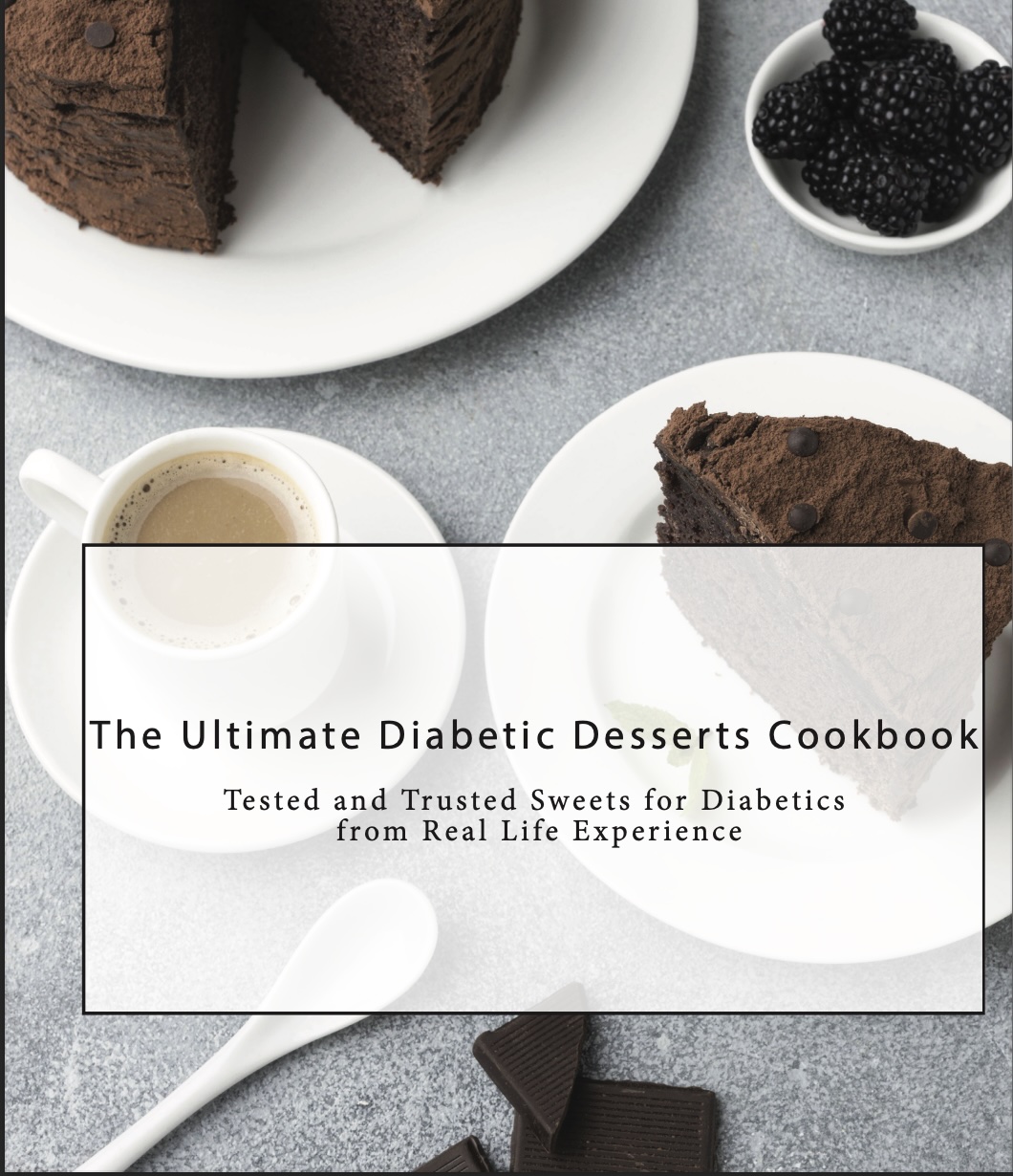 |
What Makes This Cookbook Different?
|
Low-Carb Baking with Psyllium Husk: Benefits for Diabetics
Low-carb baking with psyllium husk has become something of a secret weapon in my kitchen. I learned to use it in small amounts—it has a neutral taste, yet brings such significant benefits to our diet. Especially for my diabetic son. When I prepare school meals for him—bread, buns, or even desserts made with psyllium husk—I don’t have to worry. I know he’s getting something that’s not only tasty but also good for his blood sugar.
This incredible ingredient has earned its place in our diet thanks to both its health benefits and versatility in baking. In this article, I’ll share my personal experience with psyllium husk, explain what makes it so special, and offer tips on how you can incorporate it into your diabetic-friendly recipes.
What Is Psyllium Husk?
Psyllium husk is a type of soluble fiber derived from the seeds of the Plantago ovata plant. Soluble fiber dissolves in water and forms a gel-like substance. This gel plays a powerful role in digestion and blood sugar regulation—making psyllium husk an excellent ally for those living with diabetes or anyone striving to support their metabolic health.1
 |
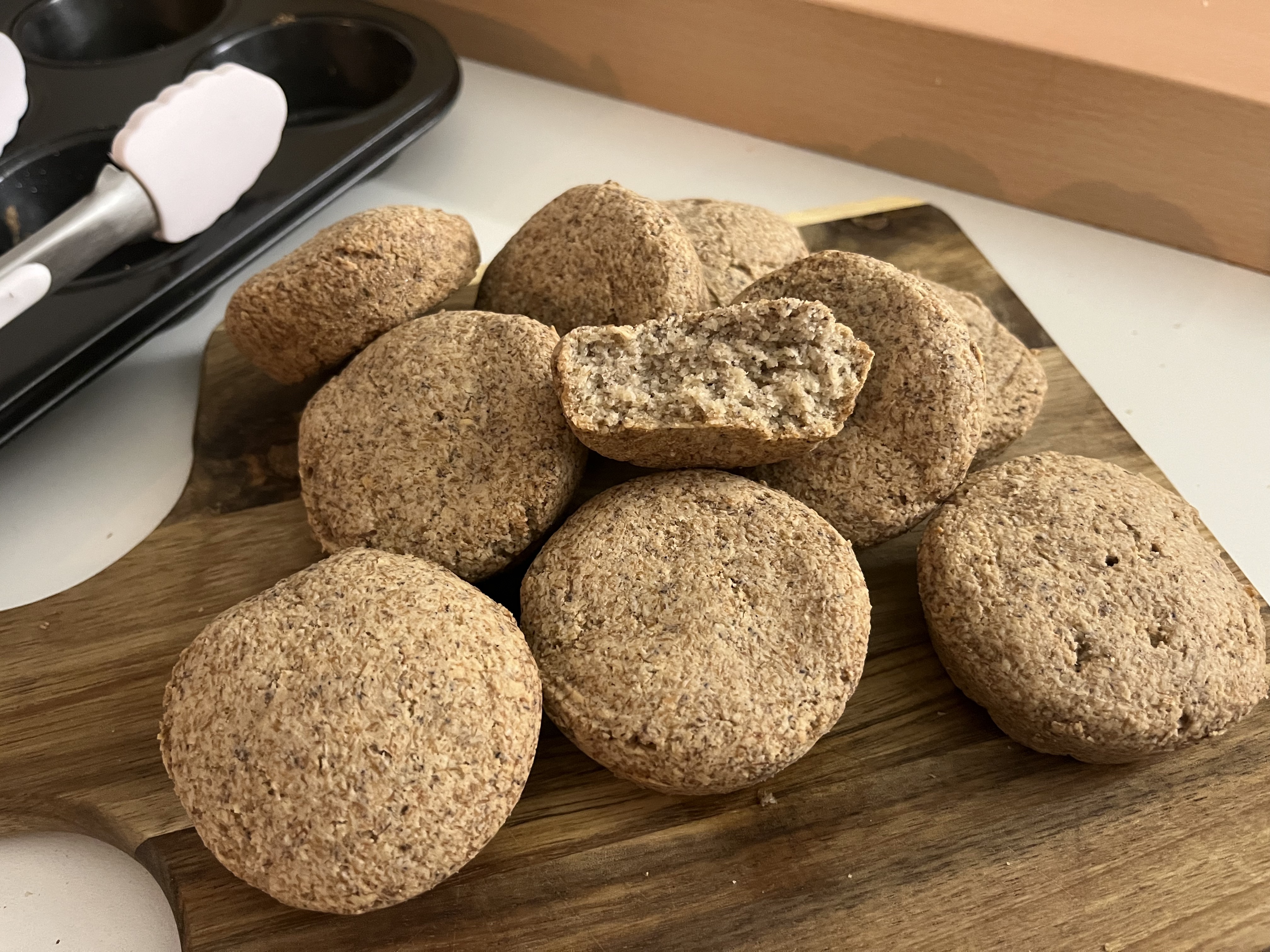 |
Blood Sugar Benefits of Psyllium Husk
One of the most important benefits of psyllium husk for people with diabetes is its ability to slow down the absorption of glucose in the digestive tract. After a meal, this means a slower, more gradual rise in blood sugar levels—helping to prevent the sharp spikes.2
The benefits go beyond blood sugar regulation. Psyllium has also been shown to support:
- Lower cholesterol levels
- Heart health
- Weight management
- Improved digestion and bowel regularity
These are all essential factors in managing type 1 or type 2 diabetes. And while this fiber supplement is often sold in pharmacies as a digestive aid, it has a lot to offer in the kitchen too.
Low-Carb Baking with Psyllium Husk
One of the biggest challenges in low-carb baking is achieving the right texture and structure—especially without gluten. Psyllium husk steps in beautifully to solve that problem. It acts as a natural binding agent, giving baked goods elasticity and softness, and preventing them from becoming dry or crumbly.
My own journey with psyllium husk started when I began experimenting with low-carb, grain-free recipes for my son. I quickly realized it was the key to creating healthier treats he genuinely enjoyed—without compromising blood sugar control.
From muffins and cakes to breads and even pizza crusts, I started using psyllium husk in a variety of recipes. I tested and tweaked until I understood how best to use it.
How Much Psyllium Husk Should You Use?
I must admit, it was hard at first to accept that less is more. Too much psyllium can ruin the texture—making baked goods too gummy or rubbery. The sweet spot for me has been about 2 to 3 tablespoons of psyllium husk per 200 grams of alternative flour.
For example, when I first tried baking bread with almond flour, it would fall apart every time—until I added psyllium husk. Finally, I had a soft, moist, sliceable loaf that held together beautifully.
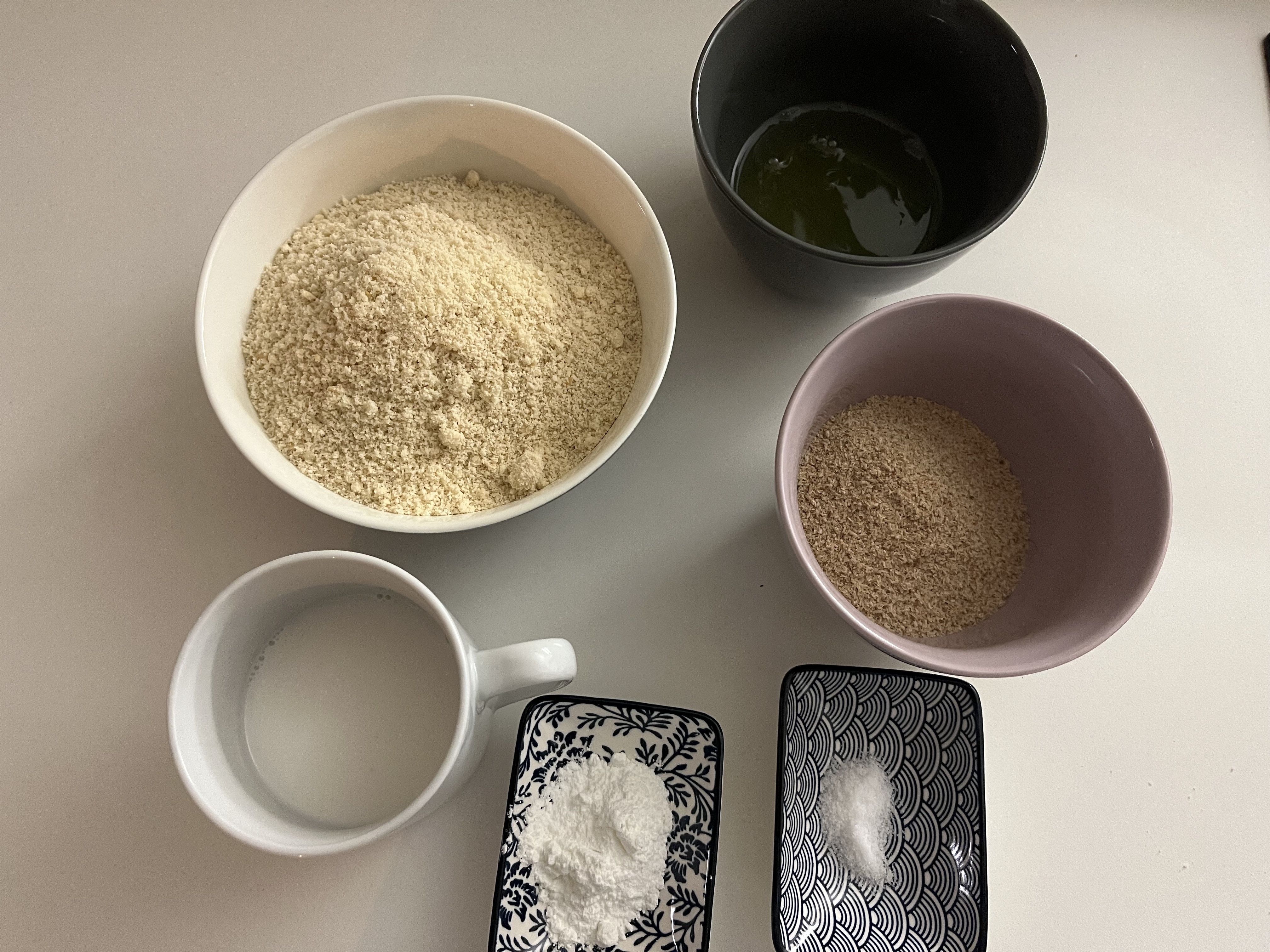
Bakes My Family Loves
My favorite way to use psyllium husk is in low-carb bread and buns. It gives them structure and chewiness that gluten-free flours often lack. The buns are simple to prepare, and they’re perfect for healthy school lunches. I make mini sandwiches with them or serve them with healthy spreads. Even when eaten on their own, they’re satisfying and delicious.
Of course, they’re not the same as traditional wheat-based pastries, which are often lighter. But in our home, they’re equally loved—and more importantly, they don’t mess my son’s blood sugar.
Depending on the filling, he often doesn’t even need insulin for those meals. That’s a huge benefit. Psyllium husk helps keep his blood sugar levels stable, and that peace of mind is priceless.
Tips for Baking with Psyllium Husk
Here are a few tips that can help you use psyllium husk successfully in your kitchen:
- Hydrate it properly. Psyllium husk absorbs a lot of liquid, so mix it with wet ingredients before combining with dry ones. This helps prevent clumping and ensures even distribution.
- Use it sparingly. Too much can lead to an unpleasant texture. Start small and adjust.
- Let your batter or dough rest. Psyllium needs time to absorb liquid and activate its gel-forming power.
You can also sprinkle a small amount of psyllium husk on yogurt, mix it into smoothies, or add it to soups to boost your daily fiber intake.
Final Thoughts
Incorporating psyllium husk into our family's meals—especially for my son—has had a noticeable impact. His blood sugar is more stable when he eats foods made with psyllium, and he enjoys the taste and texture too.
Now that he’s older, he understands the importance of good blood sugar regulation, and he's happy when he sees numbers in range after a meal. And I’m happy to have found an ingredient that supports his health and doesn’t feel like a compromise.
Low-carb baking with psyllium husk offers a wonderful alternative to traditional recipes. If you’re looking for a way to make your baked goods healthier—especially for someone managing diabetes—I recommend giving psyllium husk a try. It’s a simple, natural ingredient that supports blood sugar balance, digestive health, and better baking.

